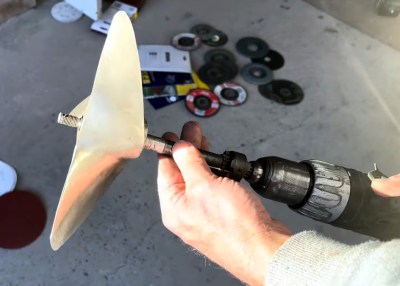Electric scooters have long been a hacker’s friend, Xiaomi ones in particular – starting with M365, the Xiaomi scooter family has expanded a fair bit. They do have a weak spot, like many other devices – the battery, something you expect to wear out.
Let’s say, one day the scooter’s diagnostics app shows one section of the battery going way below 3 volts. Was it a sudden failure of one of the cells that brought the whole stage down? Or perhaps, water damage after a hastily assembled scooter? Now, what if you measure the stages with a multimeter and it turns out they are perfectly fine?
Turns out, it might just be a single capacitor’s fault. In a YouTube video, [darieee] tells us all about debugging a Xiaomi M365 battery with such a fault – a BQ76930 controller being responsible for measuring battery voltages. The BMS (Battery Management System) board has capacitors in parallel with the cells, and it appears that some of these capacitors can go faulty.
Are you experiencing this particular fault? It’s easy to check – measure the battery stages and see if the information checks out with the readings in your scooter monitoring app of choice. Could this be a mechanical failure mode for this poor MLCC? Or maybe, a bad batch of capacitors? One thing is clear, this case is worth learning from, adding this kind of failure to your collection of fun LiIon pack tidbits. This pack seems pretty hacker-friendly – other packs lock up when anything is amiss, like the Ryobi batteries do, overdue for someone to really spill their secrets!
Continue reading “Xiaomi M365 Battery Fault? Just Remove A Capacitor”


















